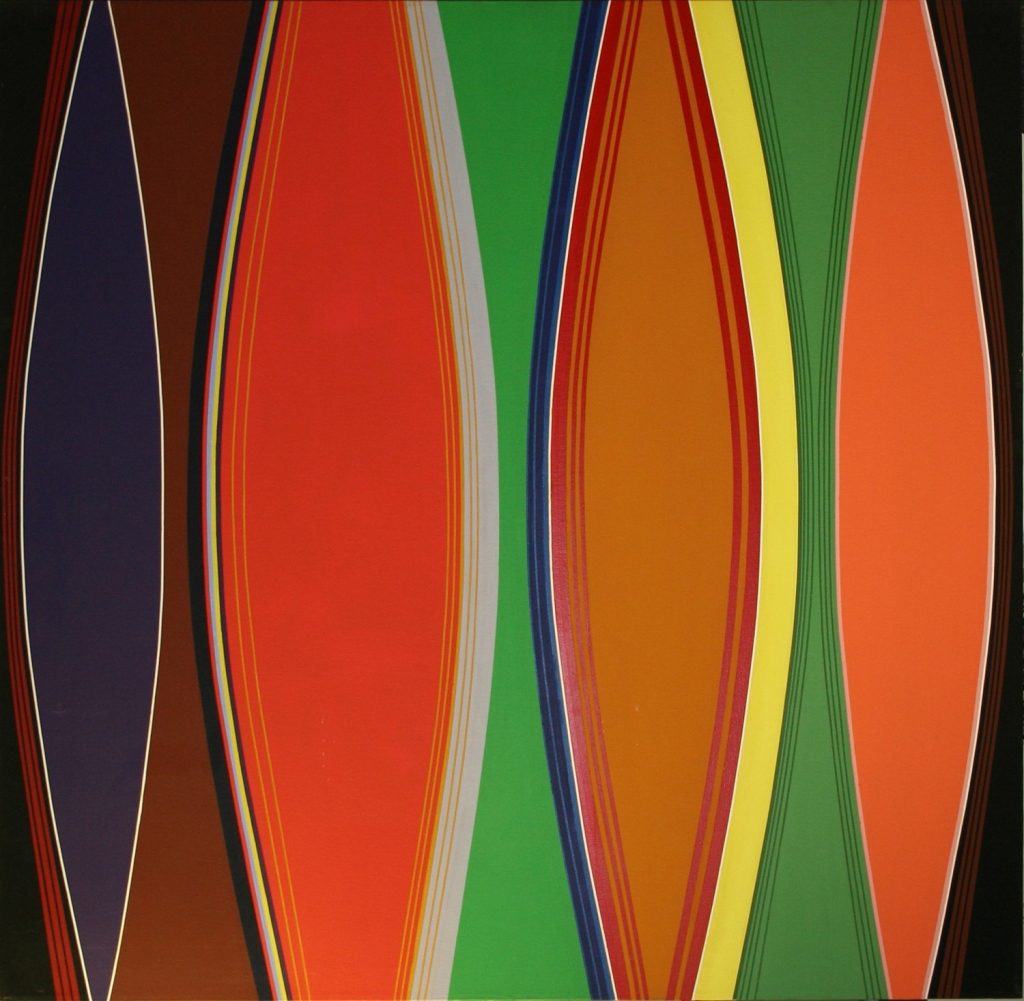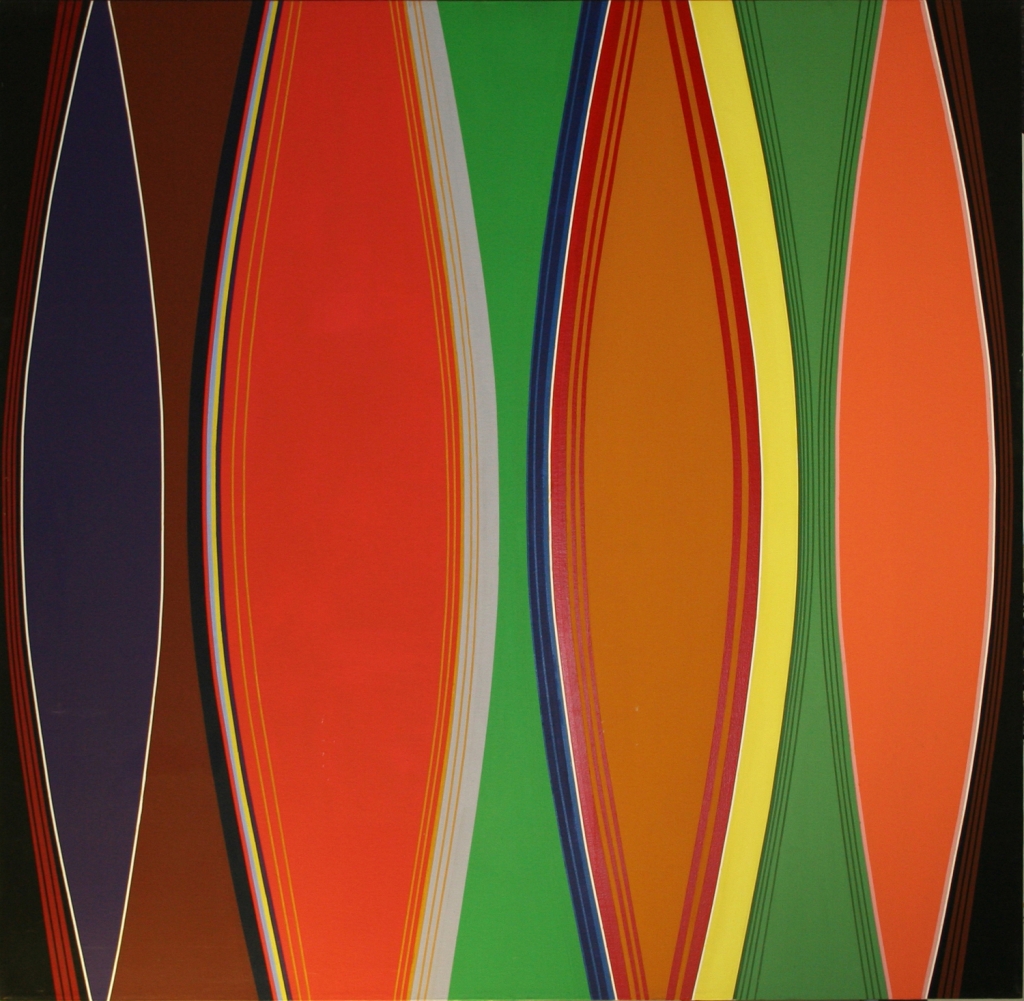Weis Center lobby, Bucknell University
Through March 12, 2017
The Color of Sound is the first exhibition for the Samek Art Museum’s new campus art program, Art at the Weis Center. In partnership with the Weis Center for the Performing Arts, the Samek will feature exhibitions of works from its permanent collection and from other institutions in the Weis Center’s lobby. These exhibitions may be connected to the Weis Center’s programming and the relationship between visual and performing arts. Art at the Weis Center can be viewed from 10am-4pm, Monday-Friday, and during all Weis Center performances.
Curatorial Statement:
The interplay between music and visual art goes back to the pre-histories of both forms and spans cultures and continents. Language often becomes involved in the dance between the two art forms as they borrow terms from one another. For instance, the visual arts appropriated the musical terms composition, tone, and harmony to describe painting, while music lifted from visual art metaphors of line and texture.
In the Western context, this linguistic back-and- forth spiked in the 19th century. To take one of many examples, painter, James McNeill Whistler titled many of his paintings with musical terms; nocturnes, symphonies, or arrangements. His most famous painting, popularly known as “Whistler’s Mother,” is officially titled Arrangement in Grey and Black No. 1. Inspired in part by Whistler’s paintings, composer Claude Debussy rooted his own nocturne and arabesque compositions within their visual origins. This wordplay not only allowed artists and musicians to see the connections between their crafts, but also allowed each to think differently about their respective disciplines and individual practices.
The artworks on view here – drawn from the collection of the Samek Art Museum – showcase the generations of artists who followed, exploring painting and printmaking in musical terms. When you view these works, look for visual equivalents of tonality, rhythm, repetition, movement, composition, harmony, and dissonance. And when you enter the auditorium, listen for the acoustic equivalents of line, shape, and texture and you’ll be participating in a cultural interchange thousands of years in the making.
Richard Rinehart
Director, Samek Art Museum


